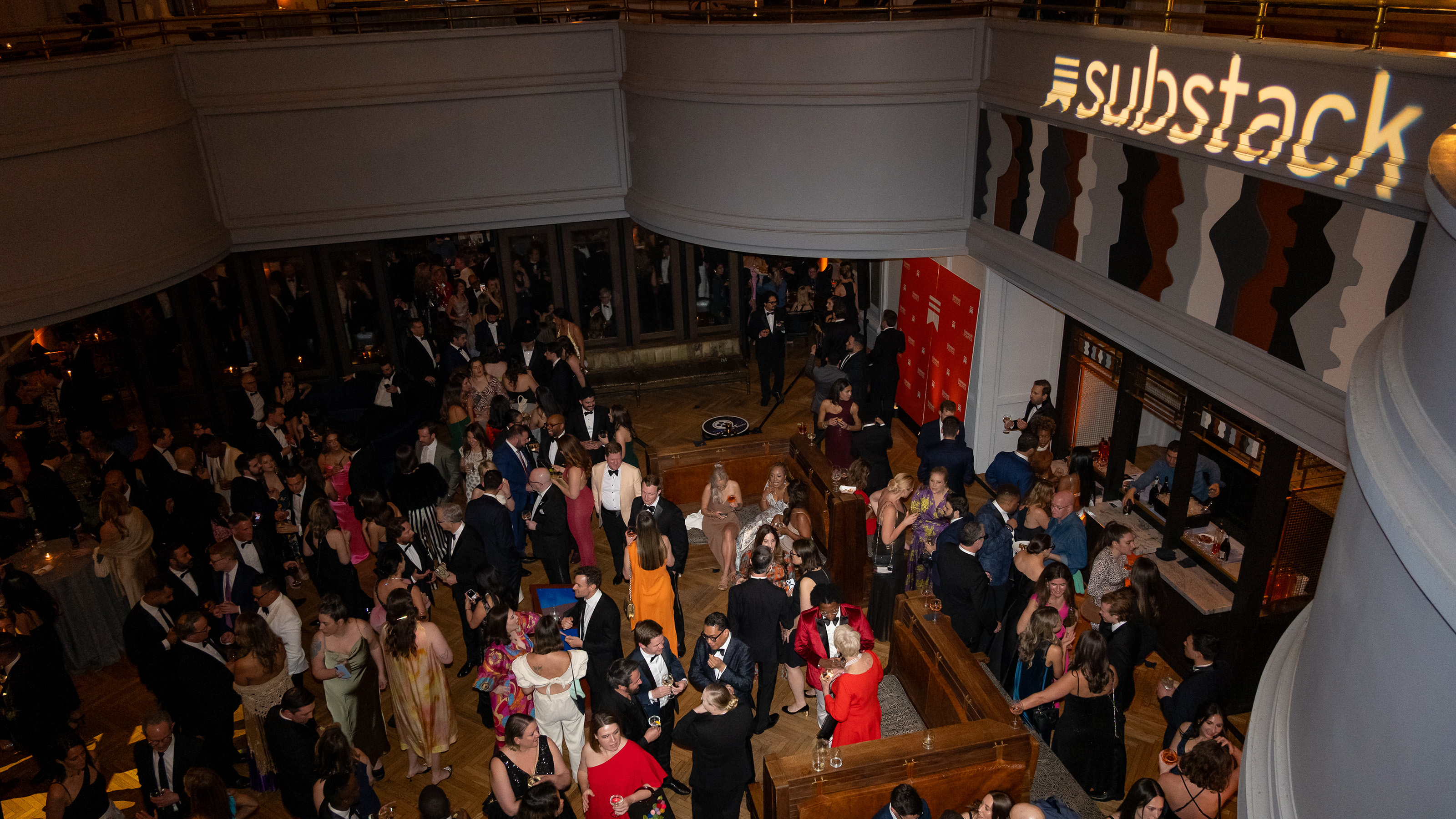Budweiser is an American beer, and Stella Artois has been Belgian for centuries, yet they all fall under the umbrella of AB InBev. In a multinational company, where does corporate culture meet national identity?
Question: How has AB InBev kept a robust Brazilian identity while insuring the national pride of other brands isn’t damaged when acquired?
Carlos Brito: Well when you think about our business our business is all about what I said, the dream people culture and it’s all about building brands. I mean we want to continue to build brands that will get consumers excited about our brands, that will get them comfortable about paying a premium for our brands, and that will get them to prefer our brands. So that is the whole thing. I mean you want to attract those very best people that want to create the very best beer company in the better world and the means to do it, one of them is to really build brands that will attract consumer’s attention and preference.
So when we go into a new market we try to keep that heritage, to keep those brands and that is why we have a portfolio of 200 brands. We have brands that are global in essence like Budweiser, Stella Artois, Beck’s, so they appeal for consumers that have global values, that are looking for global experience, that travel, that have that kind of requirement for some occasions in which they consume beer. We have some other beers that are you know multi-country beers like Leffe, Hoegaarden and some others. And we have some others that are the local jewels, so beers that are very connected to one region, one country, that have 600 years of history and heritage and we keep those in place because we understand that that is the connection, the emotional connection that consumers have to those brands, so when we say we have three different things: we have the national culture, which is different by country and that is the beauty of it. That is why we travel with our families during vacations to get to know how different people spend their time, what they eat, how they dress, so that is beautiful. We don’t want to change that. We have a whole portfolio of brands that came from a lot of that national culture, heritage, ways of doing things, different ways of brewing beer always with the highest quality ingredients. We don’t want to change that.
And then we have our company culture that we also don’t want to change, but it’s one culture, so we have different brands. We have different national cultures, but when we join our company for it to work we want people to have the same basic values, core values. And that is what we call our dream people culture because we understand being a large company like we are if we don’t have a set of values like a constitution in a country, a very basic set of values that will get people to make decisions that are directionally very similar to the decisions you would be taking in other parts of the business and that is how you keep your company together.
Question: Can a flagship brand like Budweiser simultaneously sustain a strong national identity while also becoming an international brand?
Carlos Brito: Oh yeah, sure. I mean two years ago when we merged with Anheuser-Busch one of the beauties of this merger was to really enable Budweiser to become our global flagship brand. I mean look at what Budweiser represents today in China. It’s by far the number one premium beer in China. You look at what it represents now in the U.K. more and more; what it represents in Canada, the number one brand; what it represents in the U.S., together with Bud Light the top two brands in the country; what it represents already in Argentina. So now we just launched in Russia and its doing very well. In a few months we’re going to launch it very likely in Brazil. So little by little we’re going to take Budweiser to where it belongs, which is a global stage. Look at what happened now with the FIFA World Cup. Budweiser is the... Look at what happened now in the FIFA World Cup where Budweiser was the official beer of the FIFA World Cup and it was viewed in some sort of way by 700 plus million people around the world, so Budweiser today is a beer given its sponsorship in the US platform because a lot of people come here. They travel through the US, so they see how iconic the brand is. It’s a brand that is well known and has awareness around the world.
The only opportunity that we need to really… the gap that we need to fill and bridge is the availability aspect of it, so today it is a brand that is well known around the world, but not yet available around the world, so that is what now we’re going country by country. It’s a long-term proposition. It’s not going to happen overnight, but like other American brands that became international brands we’re going to do the same and very committed with Budweiser, the king of beers.
Recorded September 9, 2010
Interviewed by Peter Hopkins





